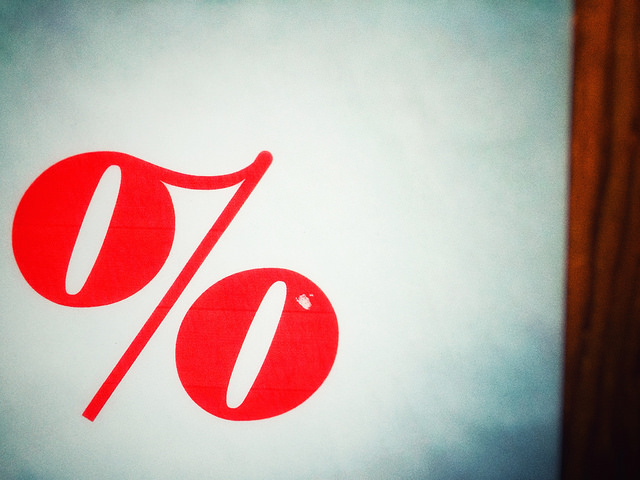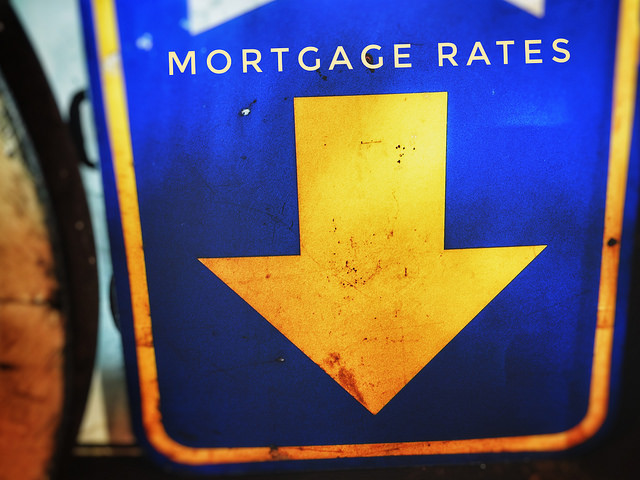According to the Mortgage Bankers Association’s Weekly Applications Survey, average mortgage rates were mostly calm last week, after two consecutive weeks of declines. There was only slight movement among different loan types. For example, rates increased for 30-year fixed-rate loans with both conforming and jumbo balances but were down for loans backed by the Federal Housing Administration. Rates for 15-year fixed-rate mortgages were unchanged from the week before. Joel Kan, MBA’s associate vice president of economic and industry forecasting, says mortgage applications were mostly flat as a result. “Mortgage applications were relatively flat, with a decline in purchase activity offset by an increase in refinance applications,” Kan said. “The purchase market continues to experience a slowdown, despite the strong job market. Activity has now fallen in five of the last six weeks.” Demand for loans to buy homes fell 1 percent from the week before. The MBA’s weekly survey has been conducted since 1990 and covers 75 percent of all retail residential mortgage applications. (source)













